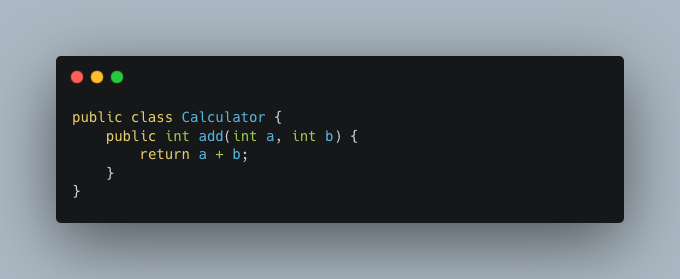In the intricate tapestry of software testing, Data-Driven Testing (DDT) emerges as a pivotal and innovative approach, revolutionizing how tests are conducted and evaluated. This technique leverages external data sources to provide a diverse array of inputs for test cases, thereby enhancing the depth and breadth of software testing. DDT's prowess lies in its ability to meticulously scrutinize software by simulating a multitude of real-world scenarios, a capability critical in today's dynamic technological landscape. In this discussion, we jump into the world of DDT, exploring its implementation in Java through tools like JUnit's Parameterized test runner and understanding how it elevates the efficiency and effectiveness of unit testing.
Data-Driven Testing (DDT) can be likened to a botanist cultivating plants in different environmental conditions. Just as a botanist experiments with various soil types, temperatures, and light conditions to understand the optimal growing conditions for different plant species, in DDT, a variety of data sets are used to test software applications. Each data set represents a unique environmental condition, helping to uncover how the software behaves under various scenarios. The botanist's meticulous approach to altering conditions and observing plant responses mirrors how DDT adapts and responds to diverse data inputs, ensuring the software is robust and functions well in any given situation. This methodical and exploratory approach of the botanist, constantly adjusting variables to achieve the best growth, encapsulates the essence of DDT in ensuring software quality and reliability.
Data-Driven Testing is a technique that uses external data sources to feed test cases with different sets of inputs. This can help to ensure thorough testing by covering a wide range of input scenarios, and it can also improve test execution speed by running multiple test cases in parallel. In Java, Data-Driven Testing can be implemented using a variety of tools and frameworks. One popular option is JUnit's Parameterized test runner, which allows you to create test cases that are parameterized with data from a CSV file, a database, or another source easily.
Example
To use JUnit's Parameterized test runner, you first need to create a test class that extends the Parameterized class. Then, you need to annotate your test methods with the @ParameterizedTest annotation and specify the source of the data that will be used to parameterize the test cases. Here's a simple example demonstrating Data-Driven Testing in Java using JUnit 5. This example assumes you have a basic understanding of JUnit and Java.
Let's say we have a simple Calculator class with a method add that takes two integers and returns their sum. We want to test this method with various sets of input values to ensure its correctness.
First, the Calculator class:

Now, let's create a test class using JUnit 5's @ParameterizedTest feature. We'll test the add method with different sets of inputs and expected outputs.

In this code:
- We define a test method testAdd annotated with @ParameterizedTest.
- @CsvSource provides the data for the test. Each line in @CsvSource represents a set of parameters: the first two values are inputs for the add method, and the third value is the expected result.
- assertEquals asserts that the result of the add method matches the expected value.
This is a basic example. In real-world applications, data sources could be more complex, like reading from a database or a file. The key advantage of Data-Driven Testing is its ability to run the same test logic with multiple sets of data, increasing test coverage and efficiency.
Data-Driven Testing is a powerful technique that can help you to write more effective and efficient unit tests. By using external data sources, you can ensure that your test cases cover a wide range of input scenarios, and you can also improve test execution speed by running multiple test cases in parallel.
In essence, Data-Driven Testing stands as a testament to the sophistication and adaptability required in modern software testing methodologies. By harnessing external data to fuel test cases, DDT transcends traditional testing limits, offering a comprehensive examination of software under a multitude of conditions. This approach not only broadens the scope of testing but also streamlines the process, akin to a master craftsman utilizing an array of tools to achieve perfection. The utilization of tools like JUnit's Parameterized test runner in Java exemplifies the practical application of DDT, showcasing its capability to enhance test coverage and accelerate execution. Ultimately, Data-Driven Testing is more than a testing strategy; it is an essential component in the quest for creating resilient, high-quality software that stands the test of time and variability in the digital world.





